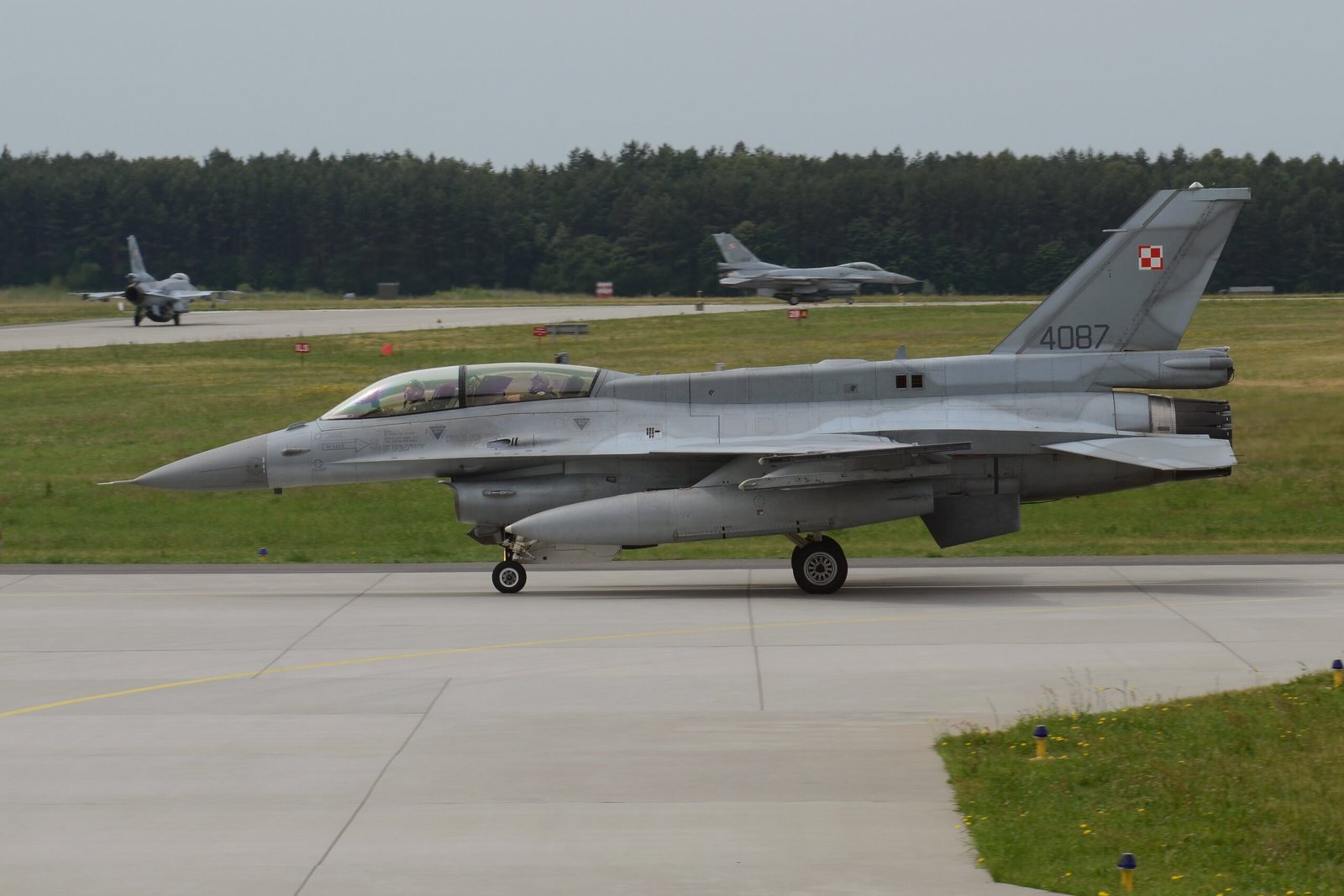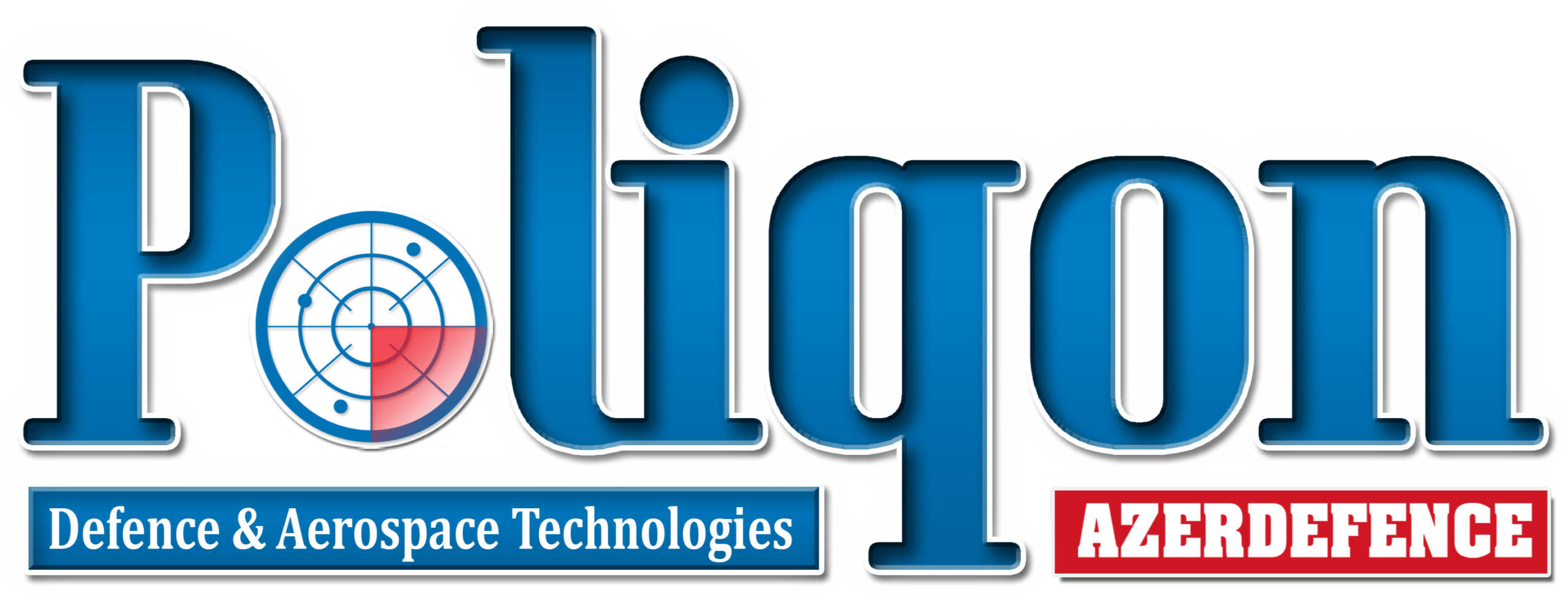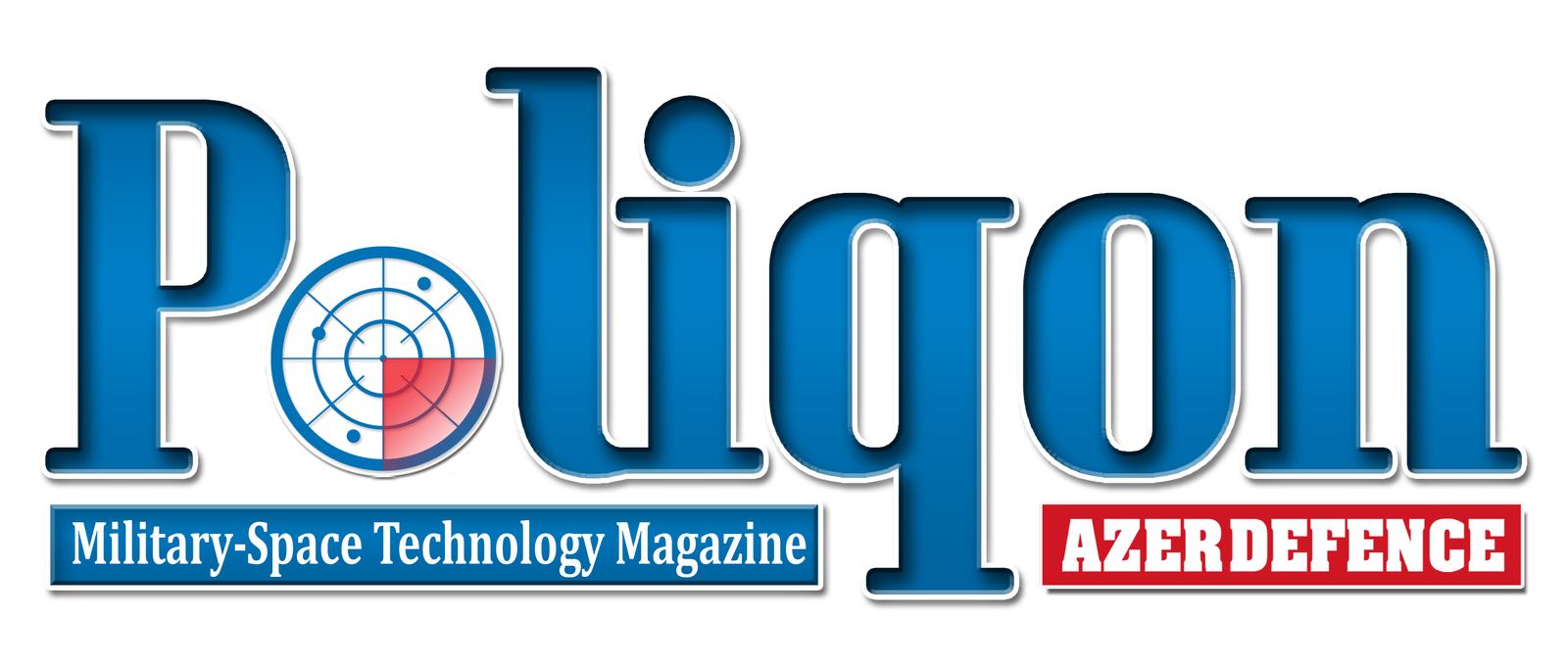
Poland Opts for Pragmatism in F-16 Upgrade Plan
Poland has formalized a $3.8 billion agreement to modernize its fleet of 48 F-16C/D multi-role fighter jets to the advanced F-16V standard.
The intergovernmental Letter of Offer and Acceptance (LOA) was signed on August 13 during a ceremony at Wojskowe Zakłady Lotnicze No. 2 S.A. (WZL Nr 2) in Bydgoszcz, marking a major step in the country’s long-term defense modernization program.
The event was attended by senior officials including Deputy Prime Minister and Minister of National Defense Władysław Kosiniak-Kamysz, State Secretary Paweł Bejda, Air Force Inspector Maj. Gen. Ireneusz Nowak, and Polish Armaments Group (PGZ) CEO Adam Leszkiewicz.
Under the agreement, all work will be carried out domestically, split between WZL Nr 2 facilities in Bydgoszcz and its Warsaw branch specializing in engine maintenance. The modernization program will run from 2028 to 2038.
Kosiniak-Kamysz said the first two upgraded aircraft — one F-16C and one F-16D — will be sent to the United States for testing and certification. The remaining 46 will be completed and accepted in Poland. He noted that the decision to entrust the work to WZL Nr 2 stems from years of developing expertise in servicing F-16 aircraft.
Pacholski added that the upgrade could help open doors for future export opportunities, as the F-16 Fighting Falcon is becoming a common platform in Central Europe. Alongside Poland, Romania, Bulgaria, Slovakia, and Ukraine operate or plan to operate the type.
The modernization will be financed through a $4 billion credit arrangement signed between Poland and the U.S. government in July. This funding allows Poland to maintain a steady modernization pace without disrupting other defense projects.
Once complete, the upgraded F-16V Jastrząb fleet will integrate seamlessly with the country’s incoming Lockheed Martin F-35A Husarz fighters, expected to enter service next year. Officials say the Viper upgrade will provide the Polish Air Force with advanced avionics, improved radar systems, enhanced weapons integration, and greater situational awareness — delivering a technological edge over potential adversaries.
The announcement has drawn mixed reactions in Poland. Supporters view it as a pragmatic, cost-effective move that maximizes existing assets, while critics argue that upgrading older airframes may be less efficient than investing in additional new-generation aircraft.
Polish defense analyst Łukasz Pacholski told Defence Blog: “For me MLU is good deal. We got 50% reduction of price (compared with DSCA [Defence Security Cooperation Agency]) info. Plus big part of deal will be in Poland.”
He pointed out that the program not only ensures operational support for the Polish Air Force’s fleet but also includes Poland as a partner in the U.S. Air Force’s service life extension program for its own F-16s.


